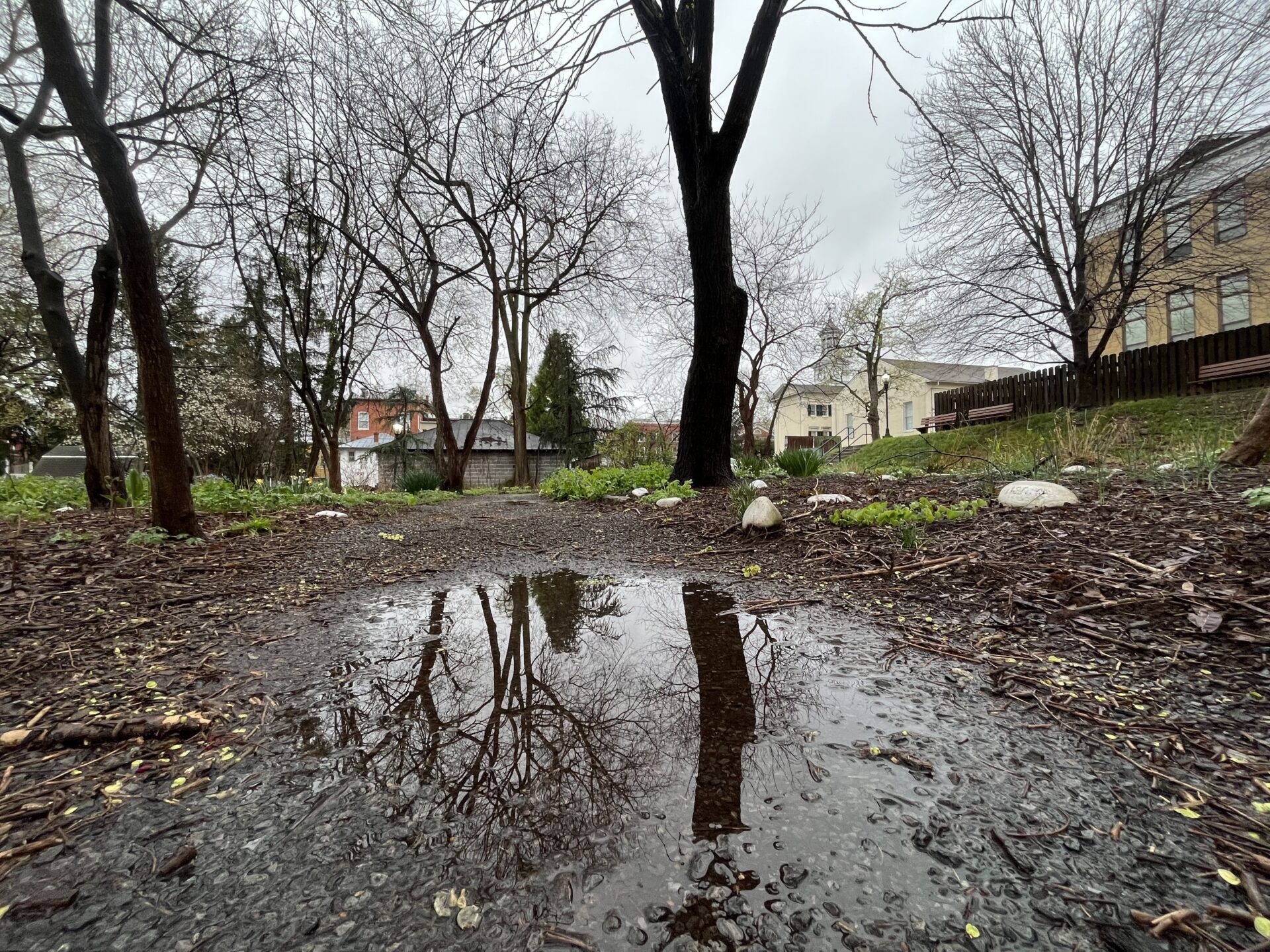This is a developing story and may be updated.
Updated on Tuesday, April 2, 2024 at 3:20 p.m.
Gov. Justice has declared a State of Emergency for Fayette, Kanawha, Lincoln and Nicholas counties Tuesday due to severe thunderstorms with high winds, which caused flooding, downed trees, power outages, and road blockages.
The declaration is a proactive measure ensuring the allocation of necessary resources and expedition of emergency response efforts. The State of Emergency allows State and Local agencies to take swift and decisive actions to mitigate the impact of the storms and protect the lives and property of West Virginians.
Original Story: Sweeping Storms Spur Tornado Watch, Power Outages
A powerful line of storms rolled across West Virginia on Tuesday, knocking down trees and powerlines.
According to the National Weather Service, several rounds of thunderstorms are expected to continue into the night.
The storms could also bring “damaging winds, large hail, flash flooding and tornadoes,” the National Weather Service reported.
Storms will hit central West Virginia between 4 and 9 p.m. and move east.
In response to the storms, Marshall University closed its campuses for the remainder of the day Tuesday afternoon.
Graphic Credit: National Weather Service
Emergency alerts and sirens sounded across Kanawha County Tuesday morning, as thirteen counties in southwestern West Virginia were placed under a tornado watch.
The Kanawha County Commission issued a state of emergency over the storms Tuesday afternoon. In a press release, the commission said 911 dispatchers had received more than 500 calls regarding the tornado warning that morning.
“Metro received calls regarding structure collapses, entrapments, vehicle wrecks, fires, fallen trees, and many medical calls,” the press release read. “There [have] been reported touch downs of tornadoes in the western portion of the county, but no confirmation at this time.”
As of 12:30 p.m., Appalachian Power reported 118,000 power outages, 53,000 of them in Kanawha County alone.
The commission urged Gov. Jim Justice to issue Kanawha County a state of emergency over the weather.
For additional updates on the storms, visit the National Weather Service website.
